Dogs and Hot Weather
CARE & NUTRITION
25 August, 2023
5 minutes

Summer is just around the corner, and while thoughts of long hot days usually conjure up all of the fun activities we do in the sun, we can’t forget that it’s especially important to keep an eye on our canine friends during warm weather months. High temperatures can cause dogs to overheat or experience life-threatening heatstroke. We all want to keep our pooches happy, healthy and safe as temperatures rise, so it’s a good idea to be aware of precautions you can take ahead of time.

Outdoor Activities
Getting outside is good for both you and your pooch, physically and psychologically. Even in the summer months, you don’t want to neglect your dog’s exercise, but like humans, dogs are susceptible to dehydration if they don’t drink enough water.
Did you know that over the course of the day, dogs need to drink 33 to 65 ml of water for every kg (or a half-ounce to one ounce per pound) of body weight they have?
It’s important to make sure fresh water is available for your furry friend to drink. If you’re spending time outside away from home, you may want to bring a small bowl for your pup to drink out of as well.
When outside, keep an eye out for shady spots where you can give your dog a rest. Remember not to over-do it when it’s very hot outside. Over-heating is not good for you or your four-legged companion.
Dog Walking
In the summertime, we may have to adapt our routine to the weather conditions. Taking walks with our furry friends is usually best in the early mornings or evenings, when air temperature is cooler and ground temperature is not as hot. It’s important to remember that our dogs’ paws come in contact directly with the pavement and if the ground is too hot for your own bare feet, then it’s definitely too hot for your pooch. During the day, extremely high temperatures can cause ground temperatures to reach the higher double digits, enough to cause burns on dogs’ paws!
In addition, taking long walks with your dog during a heatwave creates a risk for dehydration and heatstroke. Be particularly careful if your dog is older, overweight, dark coloured or suffering from any medical condition. Excess heat can put a significant strain on the body.
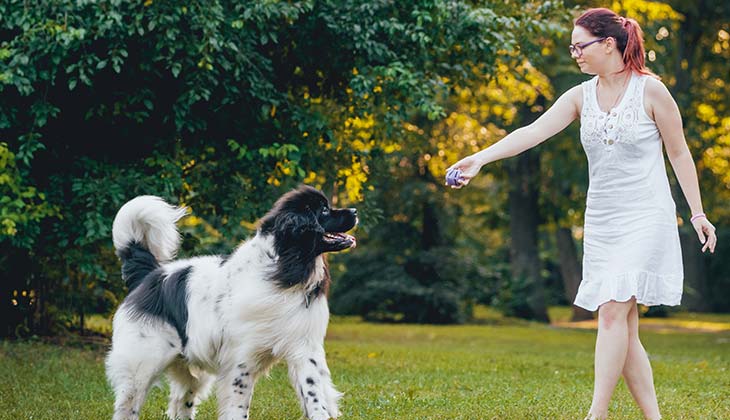
Signs of Heatstroke
Heatstroke is a life-threatening medical emergency wherein the body is unable to cool itself down. Dogs don’t have sweat glands like humans, and they do not lose heat by sweating through their skin. Dogs rely on panting and releasing heat through their nose and breathing to regulate their body temperature and keep cool.
Signs of heatstroke include the following:
- Excessive panting or difficulty breathing
- Increased heart and respiratory rate
- Drooling
- Mild weakness, stupor or even collapse
- Seizures
- Bloody diarrhoea and vomit
If your dog has been outside in the heat and you notice any of these signs, or have any concerns, it is important to contact your vet immediately.
Also important to note, some breeds of dogs are more susceptible to heat stroke than others. Dogs with flat faces, such as pugs, cannot pant as effectively to lose heat. These dogs, along with the elderly, overweight, and those with heart or lung diseases, should ideally be kept in cool air-conditioned rooms as much as possible.
Your Dog’s Heat Tolerance
While you might instinctively think that cutting your dog’s fur in the summer will keep him or her cooler, this is not necessarily true. The layers of dogs’ coats can protect them from overheating and sunburn, especially if the coat is a light color. Giving your pooch a trim can be fine, but most dogs do not benefit from a shave.
Any sunscreen or insect repellent product used on your pup needs to be labeled specifically for use on dogs.
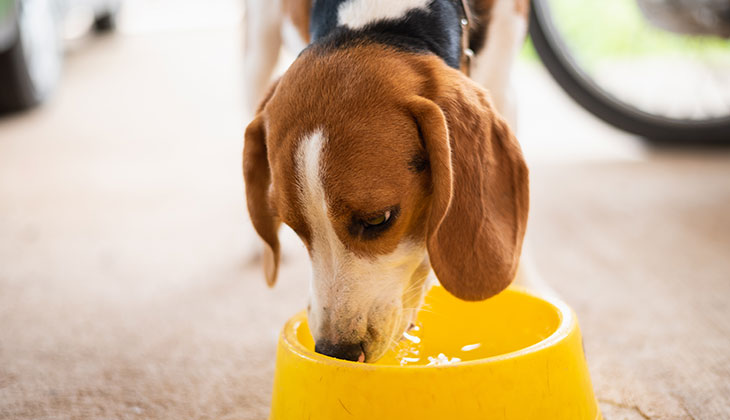
Additional Summertime Tips
- Never leave your beloved pooch alone in a parked vehicle! Even if you leave a window cracked open, this is extremely dangerous because the temperature inside the car can shoot up within a matter of minutes and lead to fatal heatstroke in your pet.
- Do not leave your dog unsupervised around a swimming pool – not all dogs are good swimmers. Introduce your dog to water gradually and rinse him or her off after swimming to remove chlorine from the fur. Also, drinking pool water is not a great idea because it may contain chlorine and water treatment chemicals.
- Open, unscreened windows may let in a nice breeze when the weather is warm, but can pose a danger to your pets, who might fall out. Keep unscreened windows or doors closed and make sure screens are tightly secured.
- As the weather heats up, it’s a good idea to have your dog visit your veterinarian and be sure to maintain preventative treatments for worms and other parasites. This is particularly important if your dog is not already getting parasite protection.
It is time to enjoy the warm weather months with our canine companions, but remember that heatstroke in dogs is a very serious problem and can be fatal in as little as 15 minutes. Stay alert to help your dog stay cool, and if you have any concerns, contact your veterinarian immediately.
ZA-NON-230500015
RECOMMENDED
RELATED POSTS
-

Learn about canine babesiosis, a tick-borne disease that affects dogs worldwide. Discover its symptoms, treatments, and how to prevent it.
-
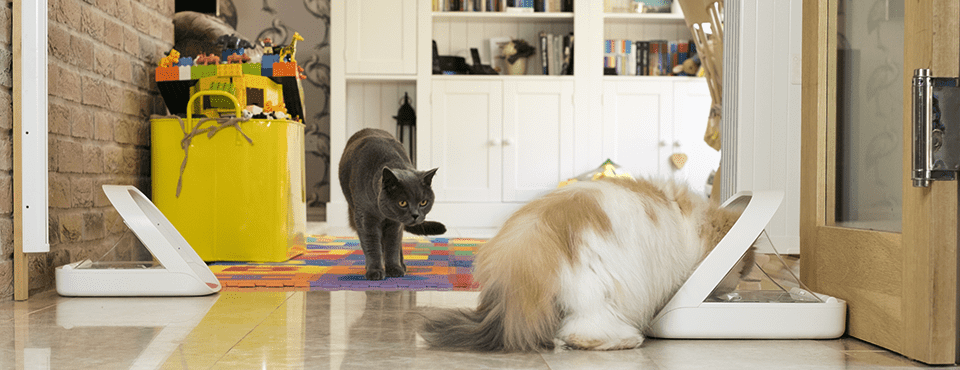
Explore how diabetes impacts cats, its signs, risk factors, and effective management through medication and diet for a healthier feline life.
-
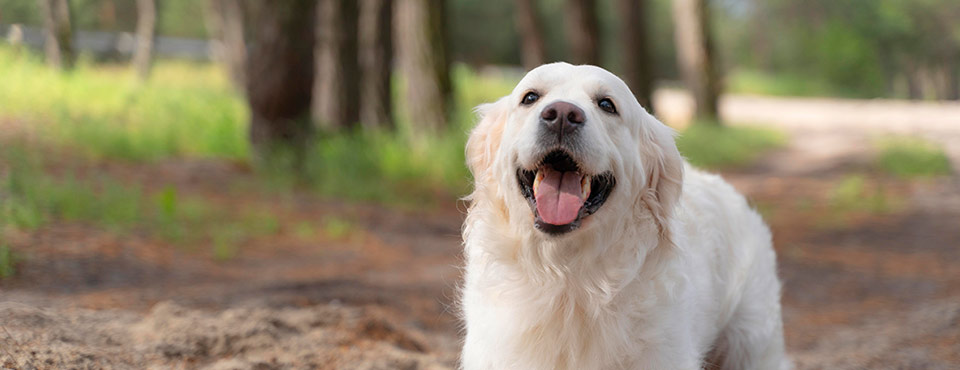
Diabetes affects an estimated 1 in 300 dogs, diabetes is more common in middle-aged and older dogs (4-14 years of age), it can be diagnosed in dogs of any age, including young dogs. Read more.
-
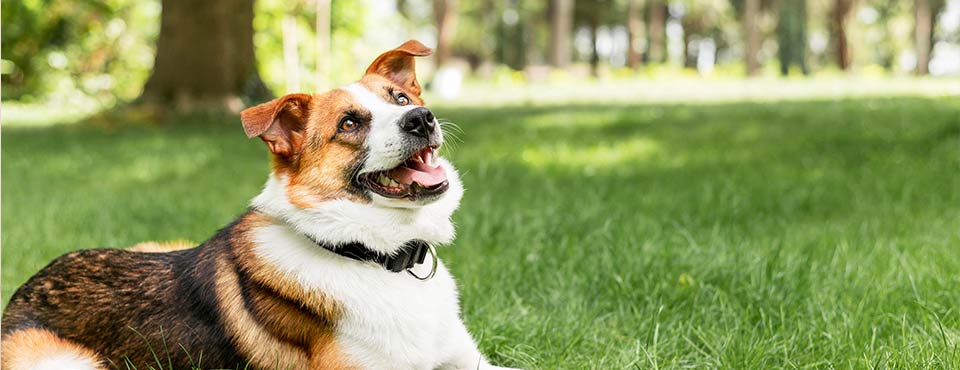
Ever wonder how your dog experiences the world? Why he or she sniffs everything, everywhere? Read more and find out







